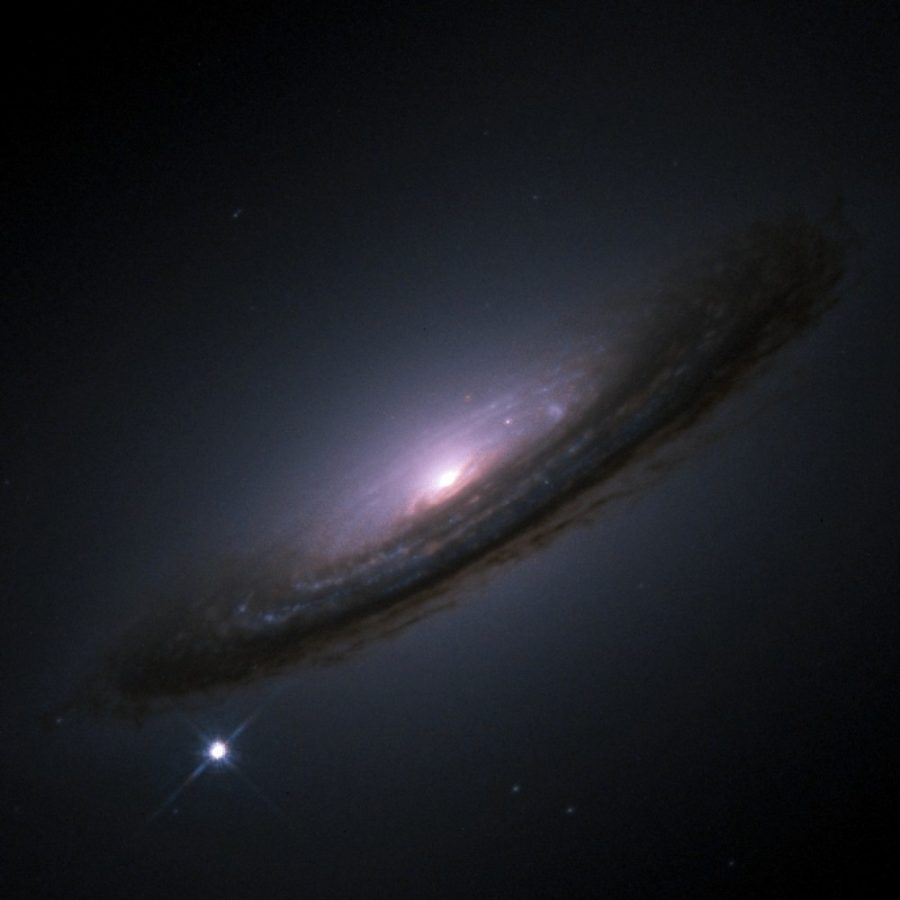If you thought today was a regular Thursday, prepare to be amazed. Over the last 150 years, scientists have made significant discoveries on February 23. Keep reading to learn more about extra-galactic star deaths, nuclear energy and a devastating ecological attack.

1. Expecto-Aluminum!
Have you sipped soda out of a pop can lately? If not, today would be a good day to do so!
Charles Martin Hall, an American chemist, created the first droplets of aluminum on February 23, 1886. Hall, who had been trying to figure out a way to efficiently produce pure aluminum for a year, finally discovered the solution he had been looking for — a mineral called sodium aluminum fluoride.
By combining sodium aluminum fluoride, aluminum oxide and batteries he had built himself, he was able to produce a nearly pure version of aluminum. This discovery made the mass production of aluminum as a processed metal possible and jump started the aluminum industry in the United States.
Today, aluminum is used largely in the aerospace, transportation and construction industries. It’s also highly recyclable, so next time you down a Coke, make sure to throw the can in the recycle bin!
2. Extragalactic Supernova 1987A
Thirty years ago to this day, astronomers and stargazers around the world were amazed to see a new star appear in the night sky. The mysterious blue light immediately caught the astronomers’ eyes and they began frantically searching for an explanation.
The star they saw had actually died 166,000 years ago, but the brilliant light was only then reaching their telescopes. The astronomy world watched in awe as they witnessed the brightest extra-galactic supernova ever recorded.
A supernova is a star in its last stage of life, much like a massive, luminous, stellar ghost. These stars quite literally go out with a bang, and have the potential to create new clusters of stars from the sheer amount of pressure they release when they implode.
RELATED: 100 years of February 10 in science
3. Magic Number 94
On this same night 76 years ago, another American chemist was hard at work in his laboratory, headed towards a discovery that would change the course of World War II and forever alter the world.
Glenn Seaborg, an instructor at the University of California, Berkeley, was attempting to produce an element with an atomic number greater than 92. Along with a fellow instructor and a graduate student, on the night of February 23, 1941, they succeeded in creating element 94, which would go on to be named plutonium.
Plutonium was created by bombarding uranium, which has previously been the element with the highest atomic number on the periodic table, with deuterons. While Seaborg and his colleagues originally intended the study to be purely for educational purposes, they eventually discovered that plutonium could be fissionable, unveiling its nuclear properties.
This caught the attention of the government and in 1942, Seaborg joined the Manhattan Project to help with the production of plutonium. The rest is, as they say, history.
RELATED: Solitary ice volcano on dwarf planet once one of many

4. Ecological Attack
February 23, 2010 was not a great day for fish swimming in the River Lambro, a tributary of the Po River in northern Italy. The Lambro filled with over 500,000 gallons of oil sludge after unknown suspects opened the valves of a nearby oil depot.
Firefighters and environmentalists banded together to prevent the sludge from reaching the Po river, but unfortunately their attempts were mostly unsuccessful.
Besides wreaking environmental and ecological havoc, the catastrophe ran the risk of endangering the agricultural sector of northern Italy’s Po Valley. Many of the farms there, which make up the most important agricultural region in the country, receive vital irrigation water from the Po river.
Follow Hannah Dahl on Twitter.









